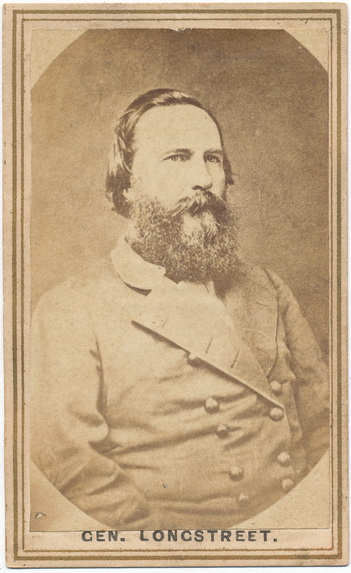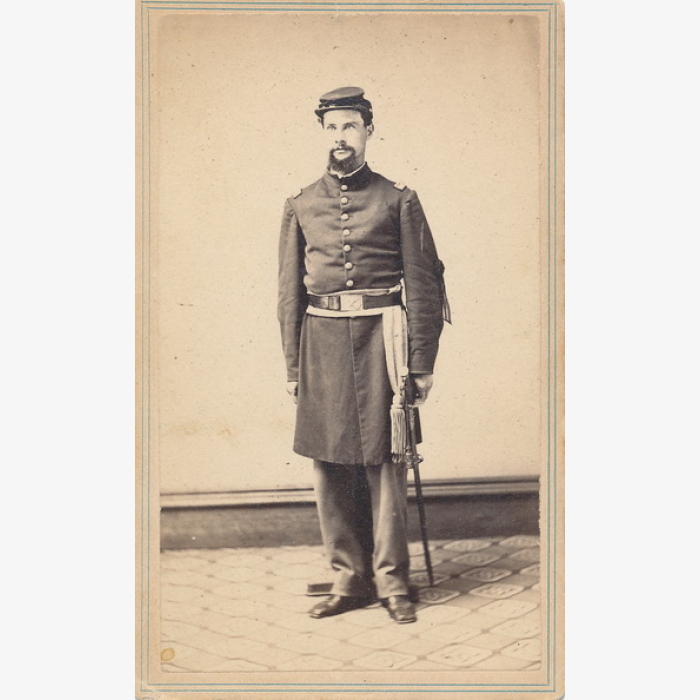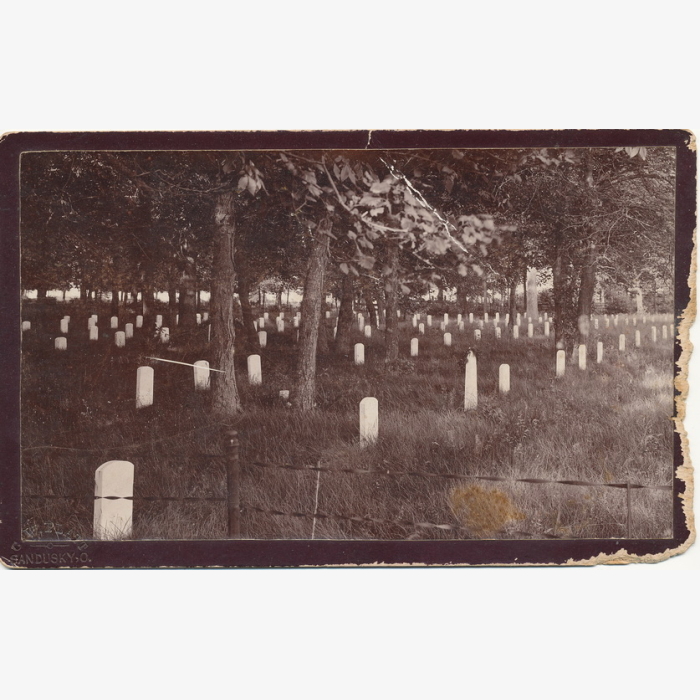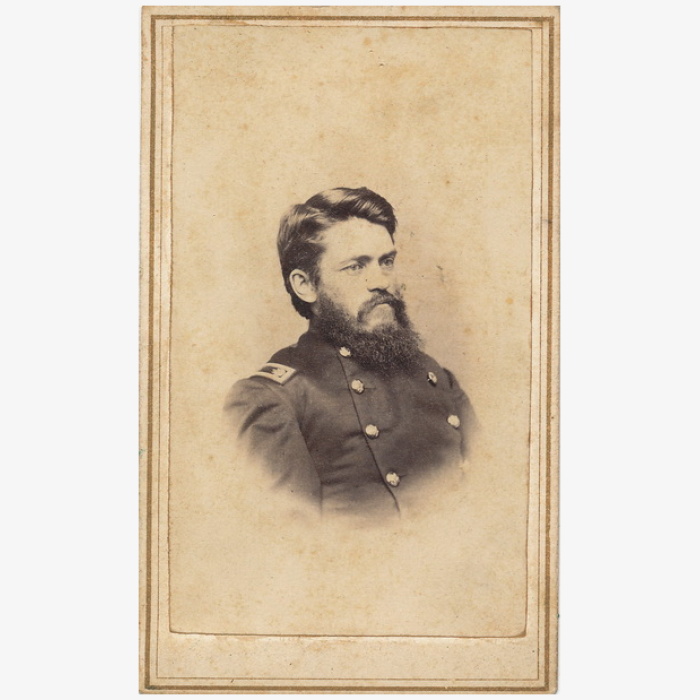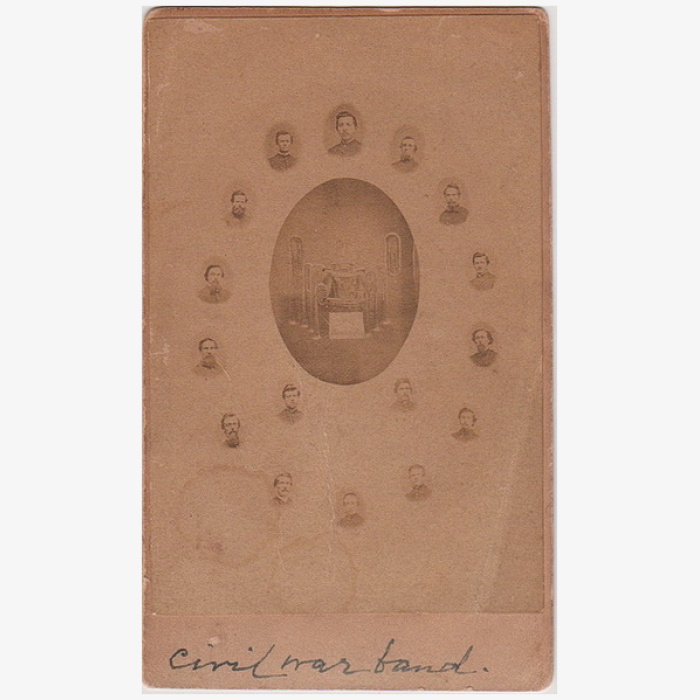Description
Very nice carte view of famed Confederate general, James Longstreet. A U.S. Army officer, government official and most famously a lieutenant general in the Confederate Army during the Civil War (1861-65). One of Robert E. Lee’s most trusted subordinates, Longstreet played a pivotal role in Confederate operations in both the Eastern and Western Theaters of the war. Known as “Lee’s War Horse,” Longstreet first distinguished himself in early Confederate victories at the Battles of First and Second Bull Run before mounting a pair of successful defensive stands at the Battles of Antietam and Fredericksburg in 1862. Longstreet played a controversial part in the Confederate defeat at the Battle of Gettysburg in 1863, in which he reluctantly oversaw “Pickett’s Charge,” a doomed offensive that resulted in a Confederate defeat. Longstreet later took part in the crucial Confederate victory at the Battle of Chickamauga in Tennessee, and was seriously wounded during the Battle of the Wilderness in 1864. After the war Longstreet’s criticism of Robert E. Lee’s tactics and his support of Lincoln’s Republican party—in particular the 1868 presidential campaign of Ulysses S. Grant—led to repeated attacks on his character in the South. Longstreet would go on to serve as the U.S. ambassador to Turkey and as a railroad commissioner before his death in 1904.
